Learn how to measure your blood pressure at home correctly for accurate results and better prevention
Measuring your blood pressure at home is an important part of maintaining your health and helps with the early prevention of hypertension and other cardiovascular problems. However, to obtain reliable and accurate results, you must follow the proper technique. In this article, you will find practical tips on when and how to measure your blood pressure, which monitor to use, what to avoid before measuring, and how to properly record your results.
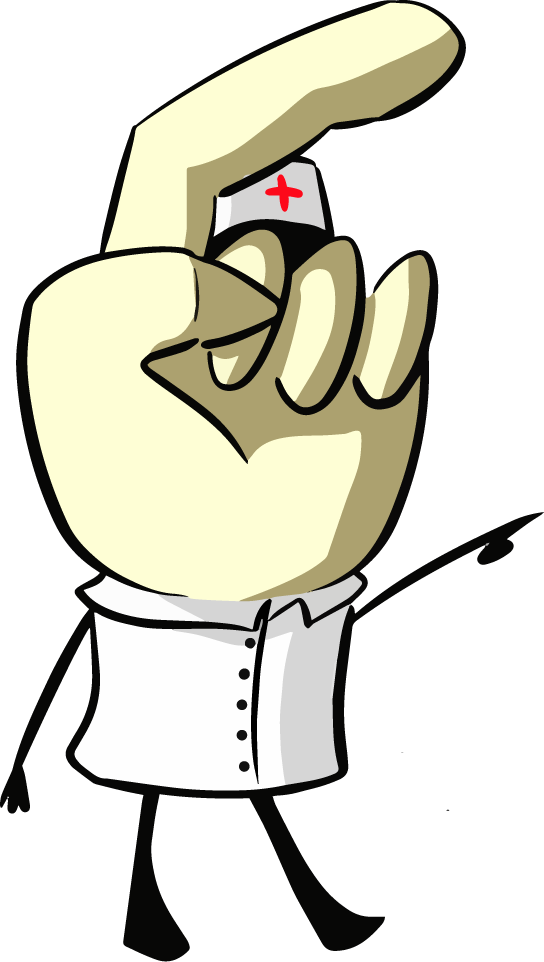
When to Measure Your Blood Pressure
Consistency and timing are key for getting trustworthy readings. It’s recommended to measure your blood pressure at least twice a day:
-
Morning: Right after waking up, before drinking coffee, eating breakfast, or taking medication. Morning readings provide a resting baseline value.
-
Evening: Once again in the evening, such as after work and before dinner. This helps you observe how your values fluctuate throughout the day.
Measure your blood pressure at the same or similar time each day for comparable results and to spot trends early.

Proper Positioning and Preparation
Your body position and level of relaxation are crucial for accurate measurements. Here's how to prepare:
-
Rest and silence: Sit calmly for 5 minutes in a quiet environment before measuring. Avoid any physical activity right before measuring – even climbing stairs can temporarily raise your blood pressure. Relax fully and breathe slowly.
-
Body posture: Sit in a chair with back support. Keep your feet flat on the floor without crossing your legs. Place the arm you’ll use for measuring on a table at heart level, resting and still during the measurement.
-
Cuff placement: Place the cuff directly on bare skin, about 2 cm above the bend of the elbow. Typically, the cuff’s tube should point towards the palm. Fasten it snugly but not too tight. A loose cuff or measuring over clothing can lead to inaccurate readings.
After putting the cuff on and positioning correctly, start the device and remain completely still until your blood pressure reading appears.
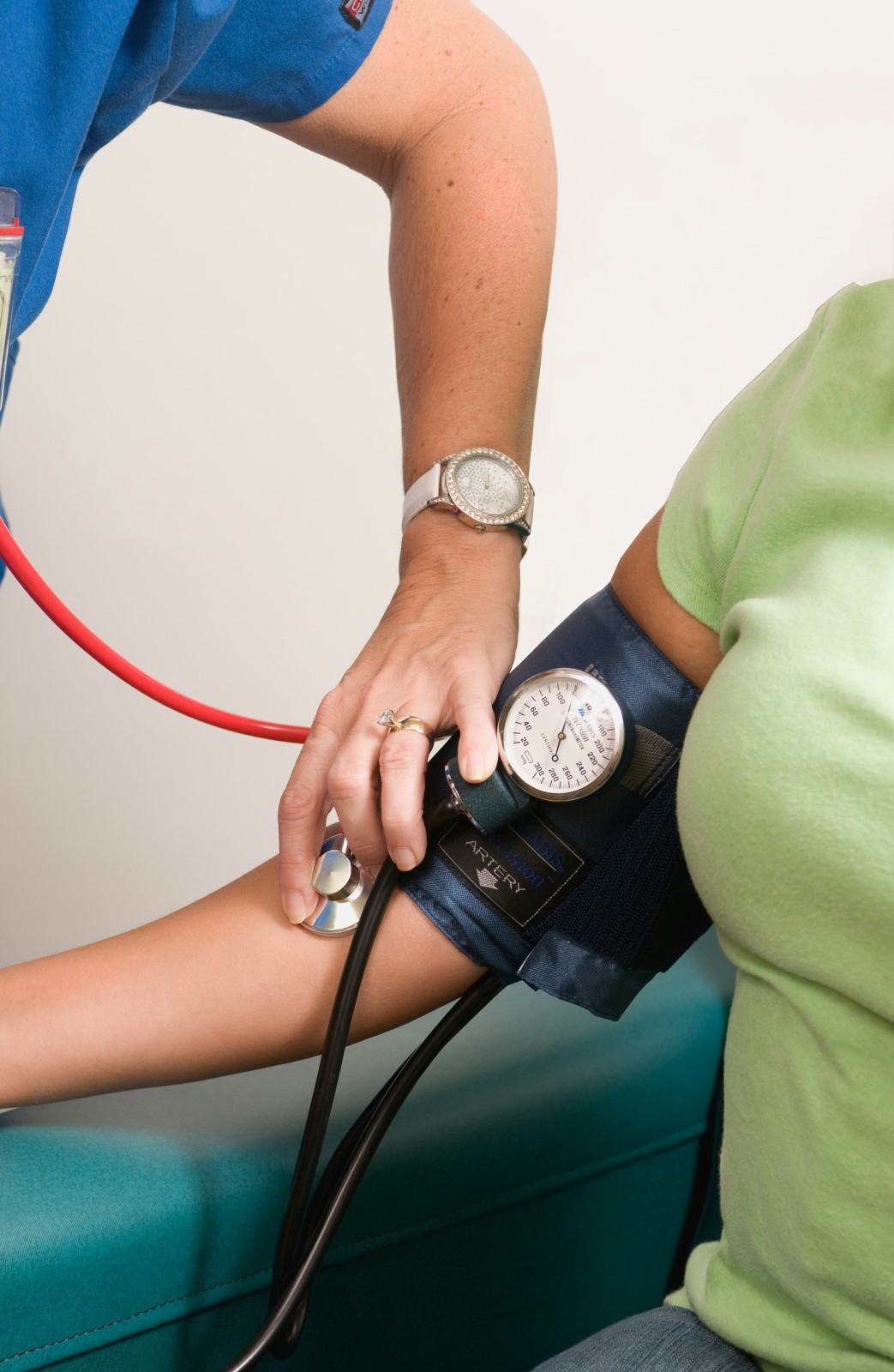
What to Avoid Before Measuring
Certain habits right before measuring can distort your readings. Here’s what to avoid:
-
Caffeine and nicotine: Do not drink coffee, tea, cola, or energy drinks at least 30 minutes before measuring. Do not smoke either, as these substances temporarily raise blood pressure.
-
Alcohol: Avoid alcohol consumption immediately before measuring. Alcohol can influence blood pressure levels.
-
Eating: Do not measure your blood pressure right after a heavy meal. Wait about an hour after eating, as digestion can temporarily lower blood pressure (a phenomenon known as postprandial hypotension).
-
Physical activity: Postpone exercise or heavy work until after you’ve measured. Give yourself time to calm down so your heart rate normalizes.
-
Full bladder: Use the bathroom before measuring. A full bladder can reflexively raise blood pressure.
Following these guidelines will help you achieve the most accurate readings possible.

Choosing the Right Blood Pressure Monitor
A good-quality device is as important as proper technique. For home use, automatic upper-arm blood pressure monitors are most reliable.
-
Type of monitor and cuff: Prefer an upper-arm model – they are more accurate than wrist models. Make sure the cuff size matches your arm circumference. Too small or too large cuffs will skew results. Wrist monitors are only recommended when necessary and must be used exactly according to instructions.
-
Accuracy and quality: Choose a monitor from a reputable brand that has been clinically validated. You can periodically check the device’s accuracy by comparing it with certified medical equipment.
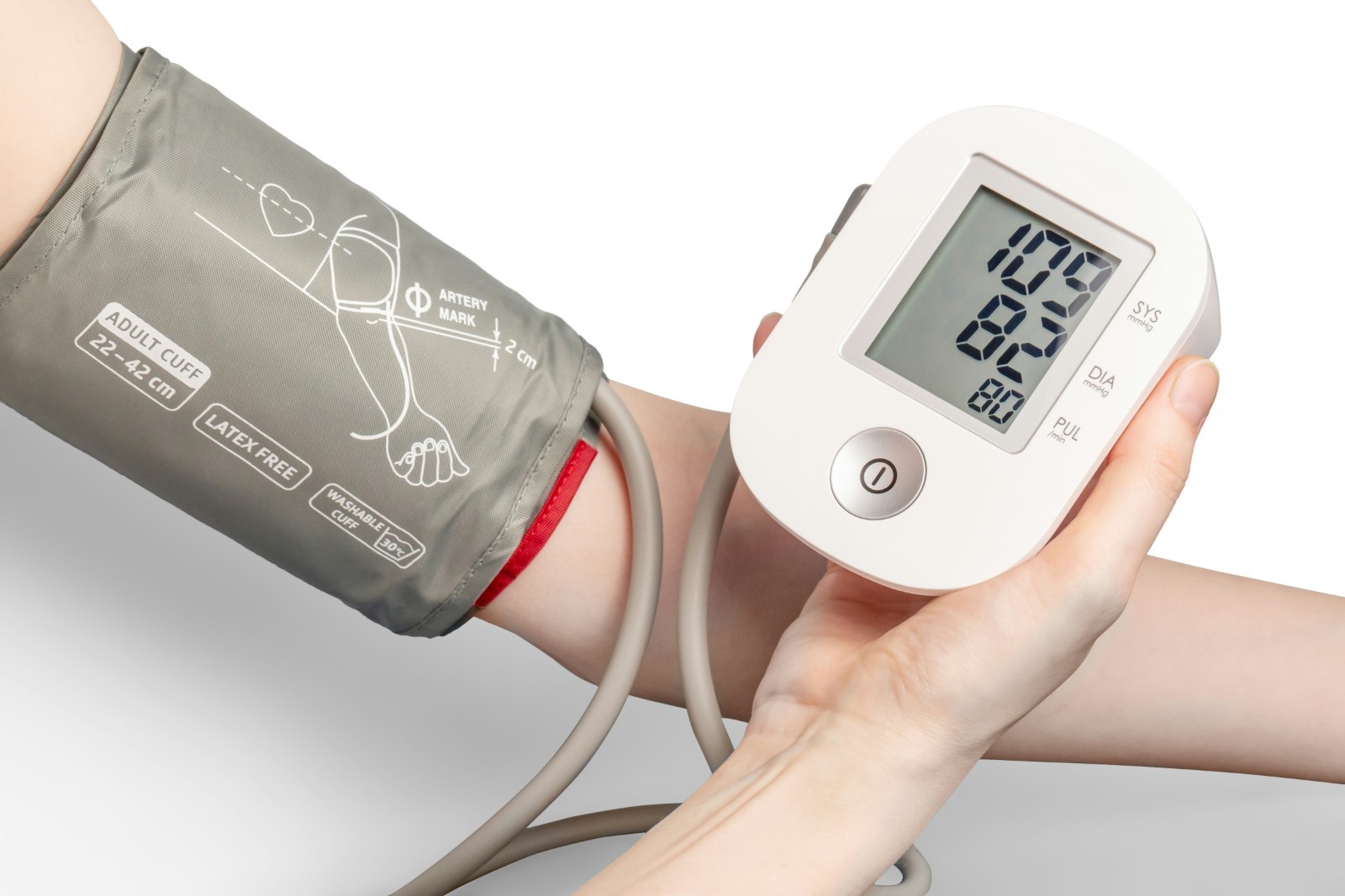
Common Mistakes and How to Avoid Them
Even with a good monitor and careful effort, certain mistakes can lead to inaccurate readings. Don’t fall for these traps:
-
Cuff over clothing: Never place the cuff over a sleeve. Always measure on bare skin to avoid inaccurate results.
-
Incorrect posture: Crossed legs, lack of back support, or the arm positioned too high or low compared to the heart can skew results. Always sit properly with your back straight, feet flat on the floor, and your arm supported at heart level.
-
Movement or talking: Do not move or talk during the measurement. Even slight motion or laughter can temporarily raise your blood pressure.
-
Multiple measurements without a break: Avoid taking repeated readings without a pause. Continuous compression disturbs blood vessels and affects accuracy. Always wait 2–3 minutes between measurements.

Recording and Tracking Your Results
Keeping a blood pressure diary is a great habit for long-term health monitoring. Here's how:
-
Record consistently: Note the date, time, and values from each measurement (e.g., 07:30 – 125/80 mmHg, pulse 75 bpm). This helps track trends over time.
-
Bring your diary to doctor appointments: Your doctor can make more informed decisions based on consistent home readings, adjusting treatment if necessary.
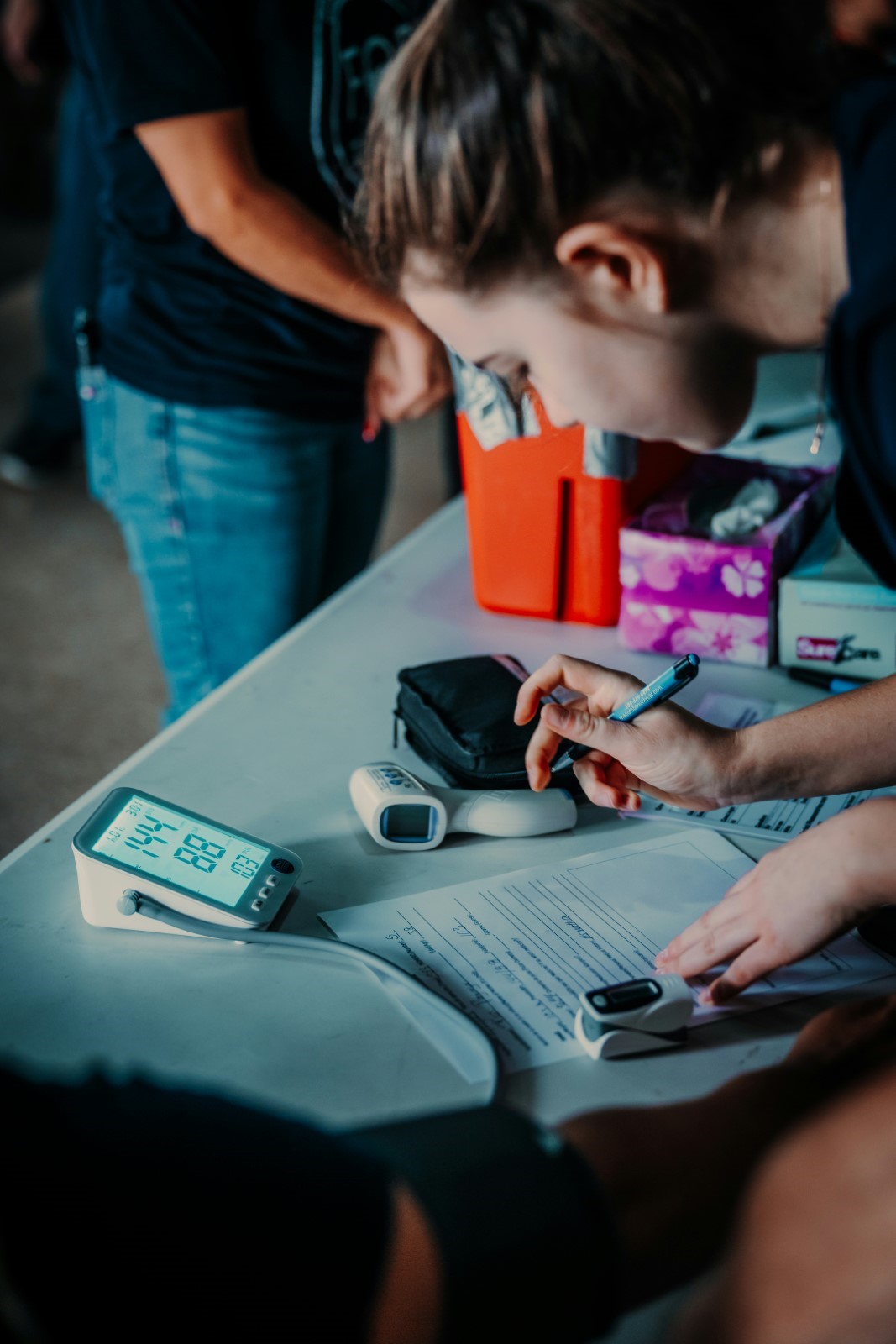
Final Thoughts
Proper technique in home blood pressure monitoring guarantees accurate readings and helps with early detection of potential health issues. It’s a valuable prevention tool that complements, but does not replace, regular medical check-ups.
By following these simple steps, you’ll gain better insights into your heart health and more confidence in managing it.
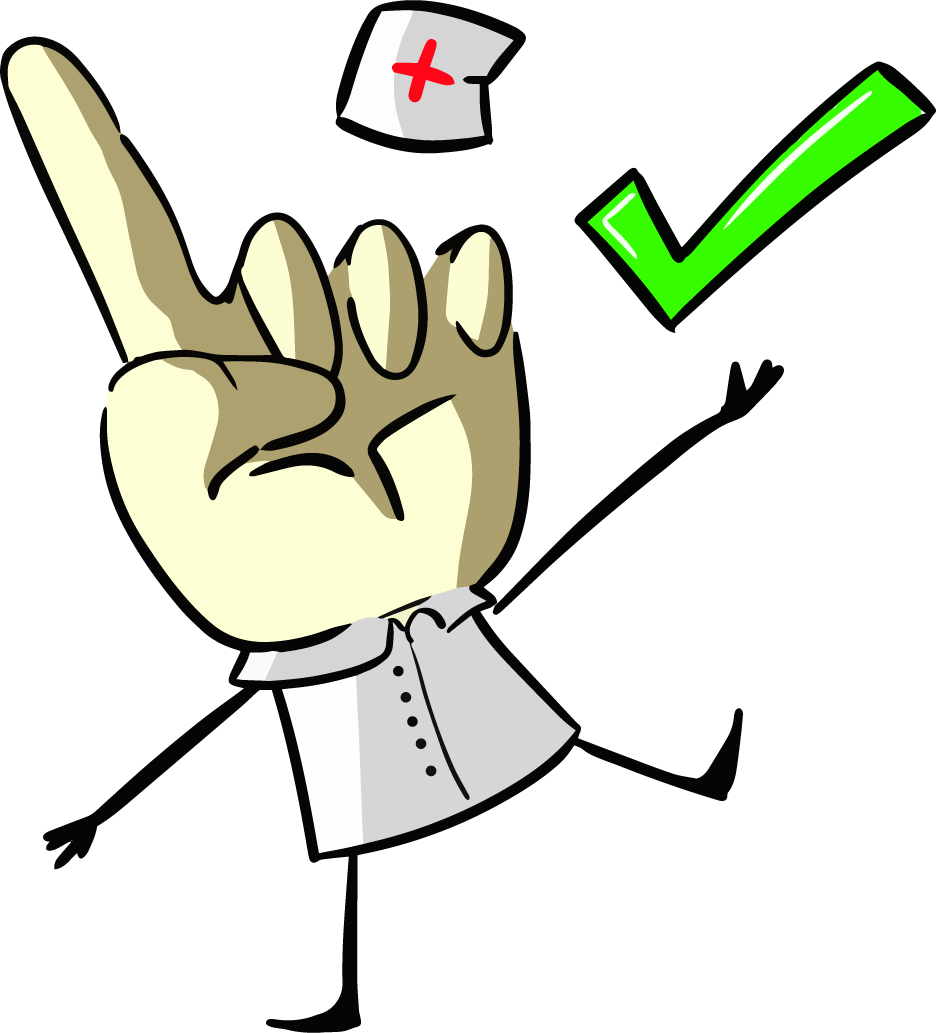
✅ If you found this article helpful, share it with friends, subscribe to our newsletter, or leave a comment!
DrGoGo is here to help you take control of your health – starting with the small steps at home.




Comments